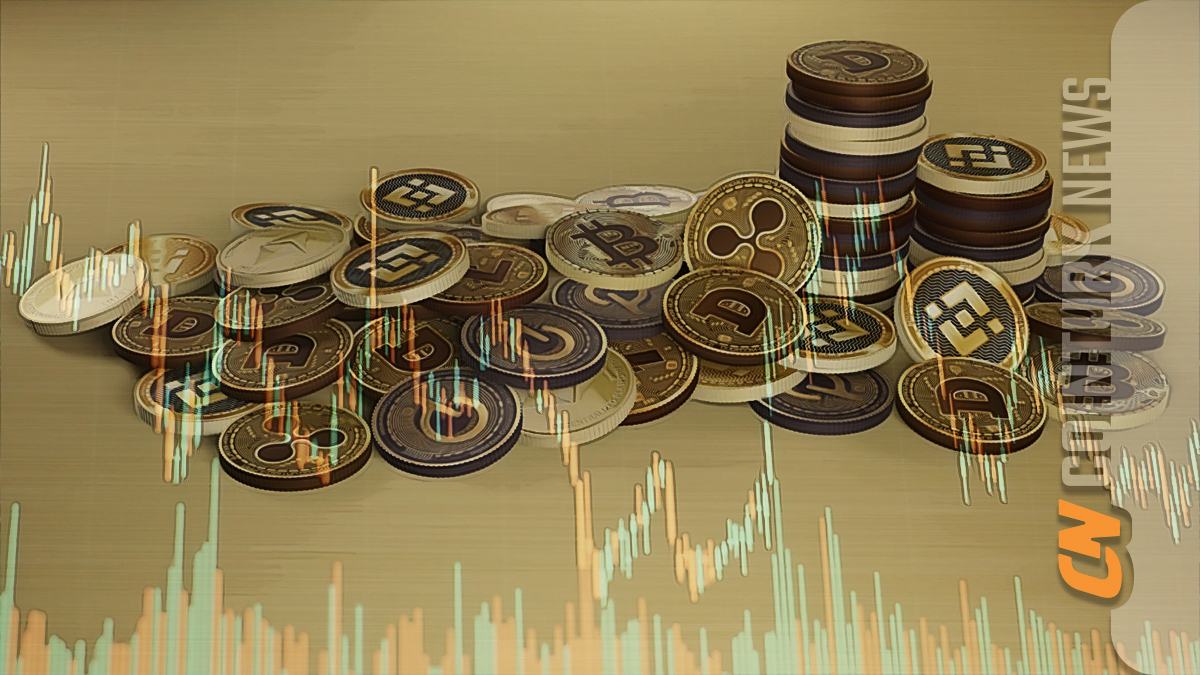Ethereum’s price did not surpass the resistance level of $2,320 on December 15th and consequently faced selling pressure. The recent price correction is linked to negative statements from legal regulators and a hacking incident that affected nearly the entire Web3 ecosystem. Additionally, a decrease in activities on the Ethereum network and criticisms from a former Ethereum developer could have triggered this selling pressure.
Ethereum’s Price Decline: What’s Behind It?
Ethereum’s price was also influenced by developments surrounding exchange-traded funds (ETFs), especially after the confirmation of plans by BlackRock, a global asset manager with $9 trillion in assets, to launch a spot Ethereum ETF product on November 9th. The momentum continued to increase on November 21st following Bloomberg ETF analysts’ predictions that the likelihood of a Bitcoin ETF application being approved by January 10th was 90%.
However, expectations for the regulatory climate shifted on December 15th when the U.S. Securities and Exchange Commission (SEC) released a statement rejecting a petition from the Coinbase exchange. SEC Chairman Gery Gensler claimed that current laws and regulations apply to crypto securities markets and highlighted that now was the right time for regulatory actions. Crypto Traders Are Rushing to This App – Here’s Why You Should Too
The recent negative impact on Ethereum’s price is also attributed to the Ledger attack that occurred on the morning of December 14th. In the incident, intermediary software that facilitates communication between Ledger’s hardware wallets and various decentralized applications (DApps) was compromised. The hacker used a phishing attack to gain access to a former Ledger employee’s Node Package Manager JavaScript account.
Issues in the Ethereum Ecosystem
The Ethereum network continues to face its own issues, creating opportunities for rival blockchain networks such as Solana and Avalanche. For example, the average transaction fee of $9.90 in the Ethereum ecosystem is impractical for most transactions, forcing users to deal with the added complexity and risks associated with turning to Layer-2 solutions.
These issues are reflected in the total value locked (TVL) within the Ethereum ecosystem, which has decreased by 5% since November 30th to 12.26 million ETH, close to the lowest level since August 2020. Meanwhile, Solana’s TVL increased by 14% in SOL terms during the same period. Still, not every DApp requires large deposits, and DeFi applications are even optimizing their liquidity pools.
Decentralized application volumes in the Ethereum ecosystem have remained below the $1.8 billion threshold for over a month, while the Solana network has seen a healthy increase to $700 million per day. The current daily average of $250 million in the Avalanche ecosystem may seem small compared to leading blockchain networks, but it represents a 250% growth since late November.
Negative statements from a former Ethereum Foundation developer also managed to create excitement among Ethereum investors following a post by Andrew Howard on December 14th. Howard’s posts came at a time when Ethereum was already facing pressures from regulations and a decrease in network activity, which could have further exacerbated the negative sentiment among investors.


 Türkçe
Türkçe Español
Español









